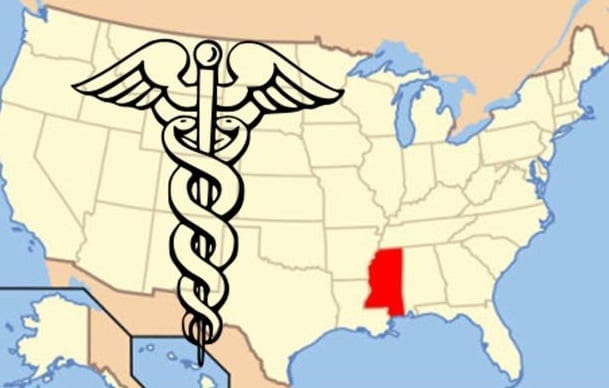The method of coverage used for those workers has fragmented contracts that are more expensive.
According to a recent report by The Clarion-Ledger in Mississippi, if all state employees were to receive supplemental coverage on their insurance plans, they would likely receive better benefits while paying less for them.
At the moment, the contracts for insurance coverage are spread out among over 100 state agencies and school districts.
At the moment, the state doesn’t require competitive bidding to occur for insurance plans, nor are proposals for the best price or coverage a necessity. The newspaper also pointed out that some insurance companies that are based within the state have said that for some reason, they are being shut out from providing coverage. The current system, says the insurers, is not open for competition, does not provide much fairness regulation and offers very little transparency.
The insurance plans have not been the focus of most leaders in the state as workers foot most of the bill.
 The employees, themselves, are the ones who are paying the largest amount of the cost of their “cafeteria plans” and supplemental insurance, which has kept it out of the spotlight for the leaders in the state. Representative William Shirley made the only recent legislative push in his bill for consolidated dental coverage. It went up against agency leaders who are against change, and was also opposed by individual insurance agents who stand to lose from consolidation of coverage.
The employees, themselves, are the ones who are paying the largest amount of the cost of their “cafeteria plans” and supplemental insurance, which has kept it out of the spotlight for the leaders in the state. Representative William Shirley made the only recent legislative push in his bill for consolidated dental coverage. It went up against agency leaders who are against change, and was also opposed by individual insurance agents who stand to lose from consolidation of coverage.
Gary Chism (R-Columbus), the House Insurance Chairperson, explained that the bill did actually pass the house, but it wasn’t picked up by the Senate. He said that “Lots of members got calls from school districts, community colleges, state agencies,” and that “The agents that have the contracts had great concern. They liked what they had. Our members started saying, ‘My community college board doesn’t want this.’”
However, Chism also pointed out that he believes that “there’s no question there could be money savings,” if they were to break away from the small numbers of people being covered in each agency and if they combined for more insurance plan buying power by representing 180,000 people, instead.
